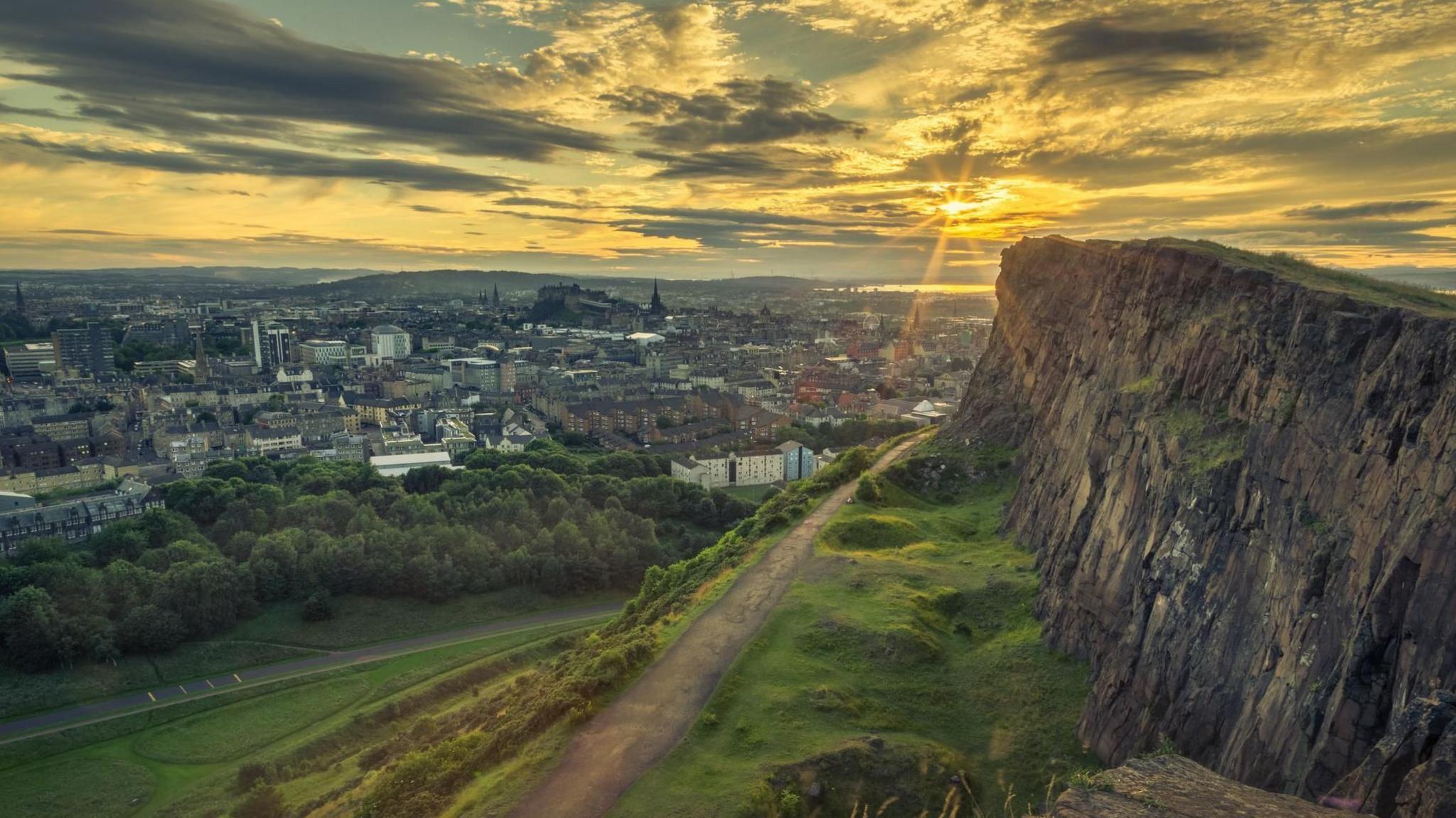'Unusual' animal bones found near Arthur's Seat after wildfire
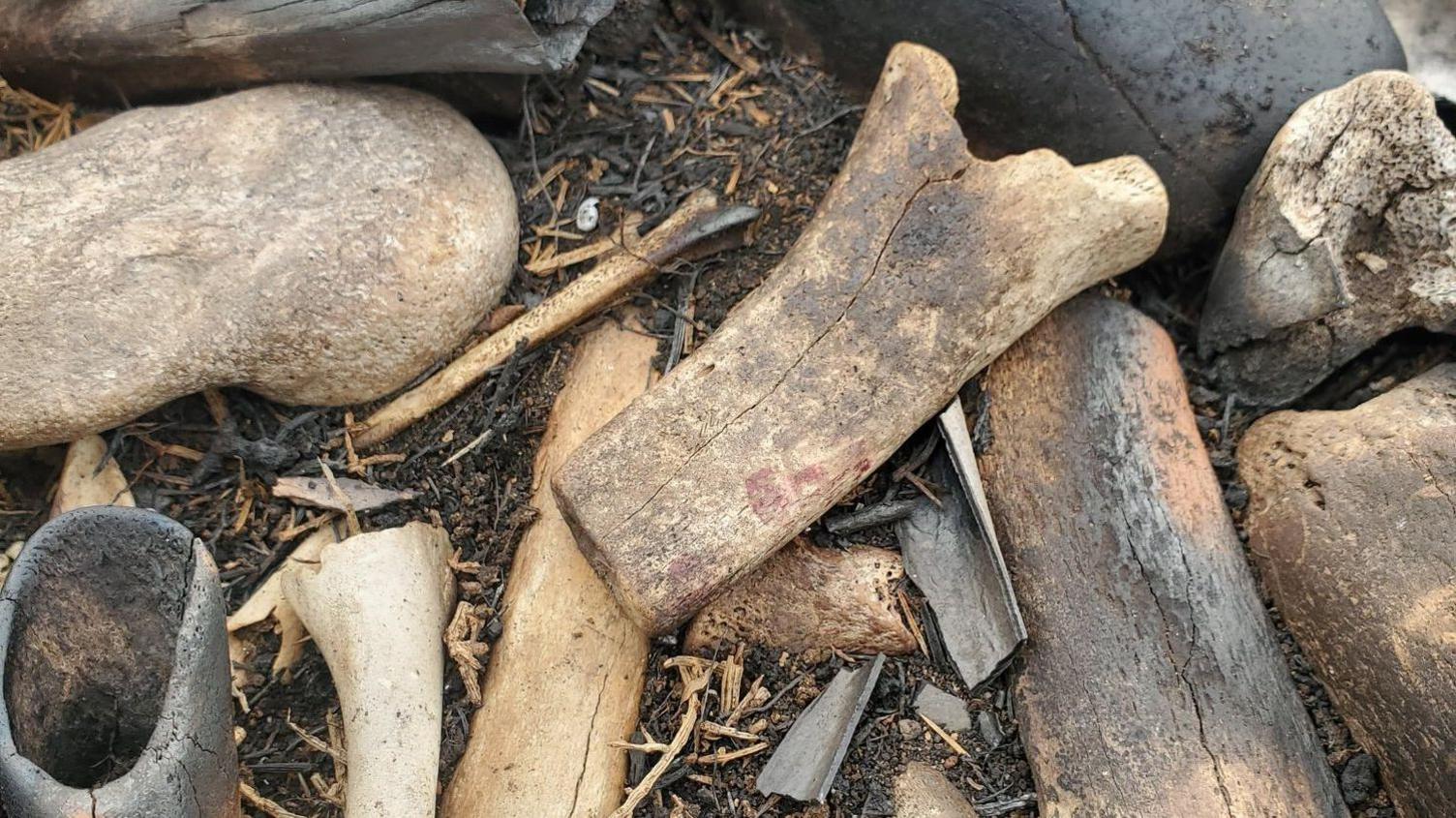
The bones were discovered after a blaze burned through a large section of the park
- Published
A "large" and "unusual" collection of animal bones has been found near Arthur's Seat in Edinburgh after a wildfire in the summer.
Historic Environment Scotland (HES) said Holyrood Park rangers discovered the bones on Crow Hill during a routine patrol in the aftermath of the blaze, which tore across the hill on 10 August.
The remains are thought to come from cattle, horses, sheep, goats and possibly even cats and could be as old as the 16th Century.
They were removed from the area and archaeologists are analysing them to learn more about how old they are and why they were left in the park.
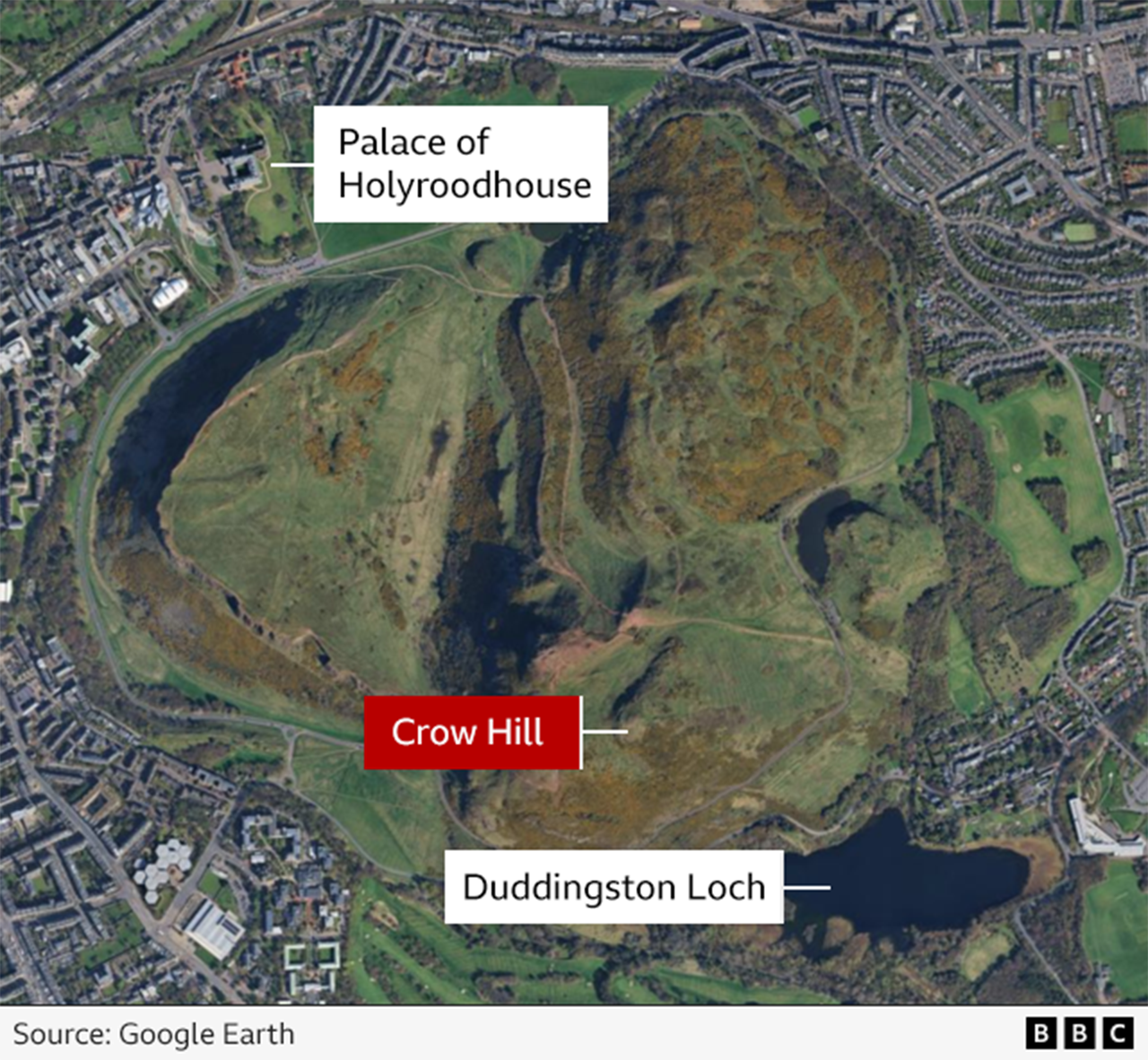
Arthur's Seat was evacuated after the fire rapidly spread across the hill in the centre of the city in August.
There is no exact cause but fire chiefs believe it was due to human activity.
HES said the bones were discovered very close to the remains of a prehistoric hillfort which once enclosed the summit of both Crow Hill and Arthur's Seat.
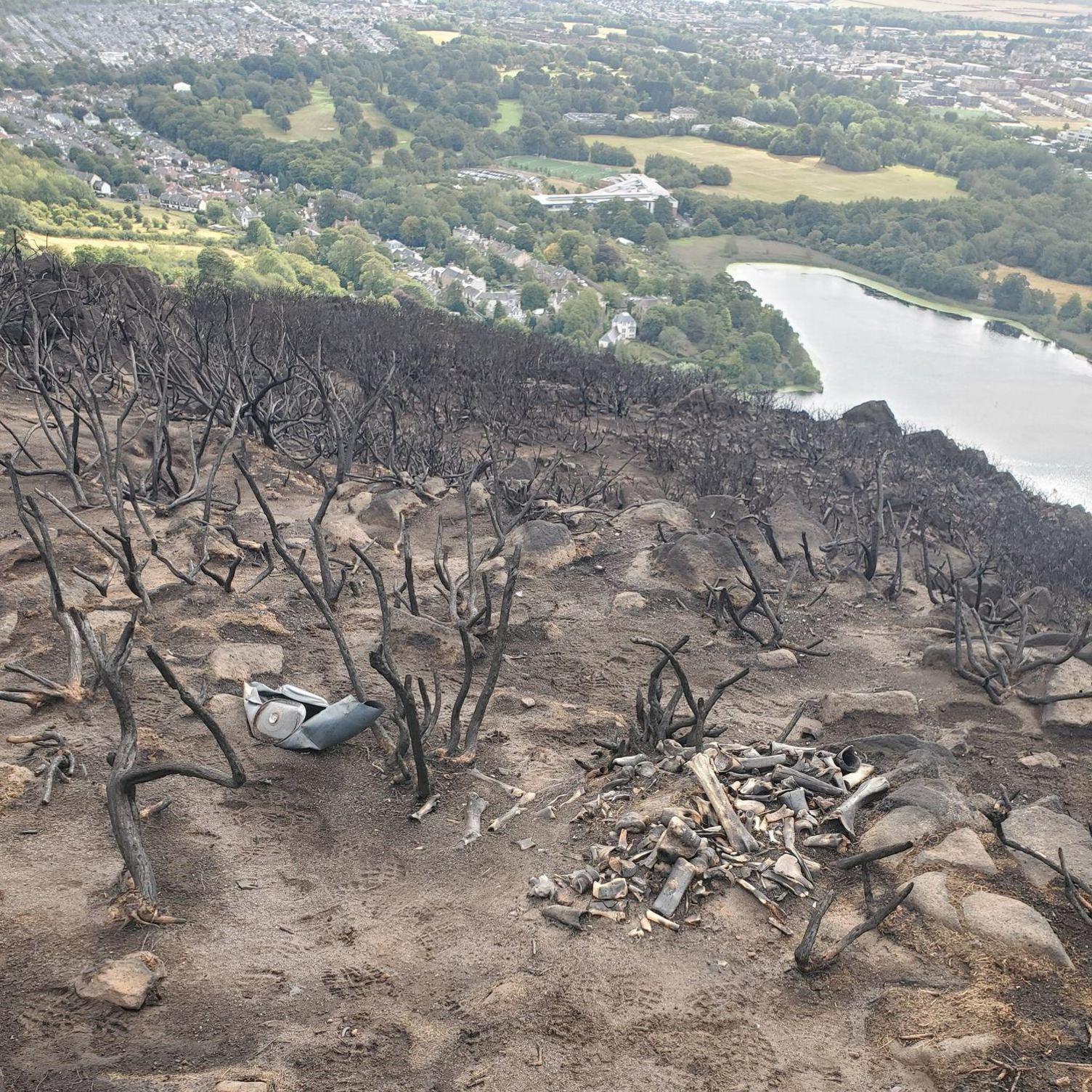
The discovery was made on the south side of the Crow Hill overlooking Duddingston Loch
An HES spokesperson said: "The remains do not seem to have been part of a wider feature and are thought to be post-medieval or modern in date, however the number and variety of bones make it an unusual – and potentially significant – discovery.
"AOC Archaeology, HES's archaeological call-off contractor, carefully removed the remains and they are now being analysed by specialists.
"Samples will be submitted for radiocarbon dating which will tell us more about the age of the bones and why they may have been deposited there."
Humans have used Holyrood Park stretching back at least 7,000 years.
HES said it had previously found evidence of farming, hunting, worship, army encampments and royal pageantry in the park.
They added: "Holyrood Park is a hugely rich archaeological landscape and we are continually learning about its past and the nature of what survives here.
"The whole site is designated as a scheduled monument, recognising its high archaeological potential and national importance."
Related topics
- Published11 August
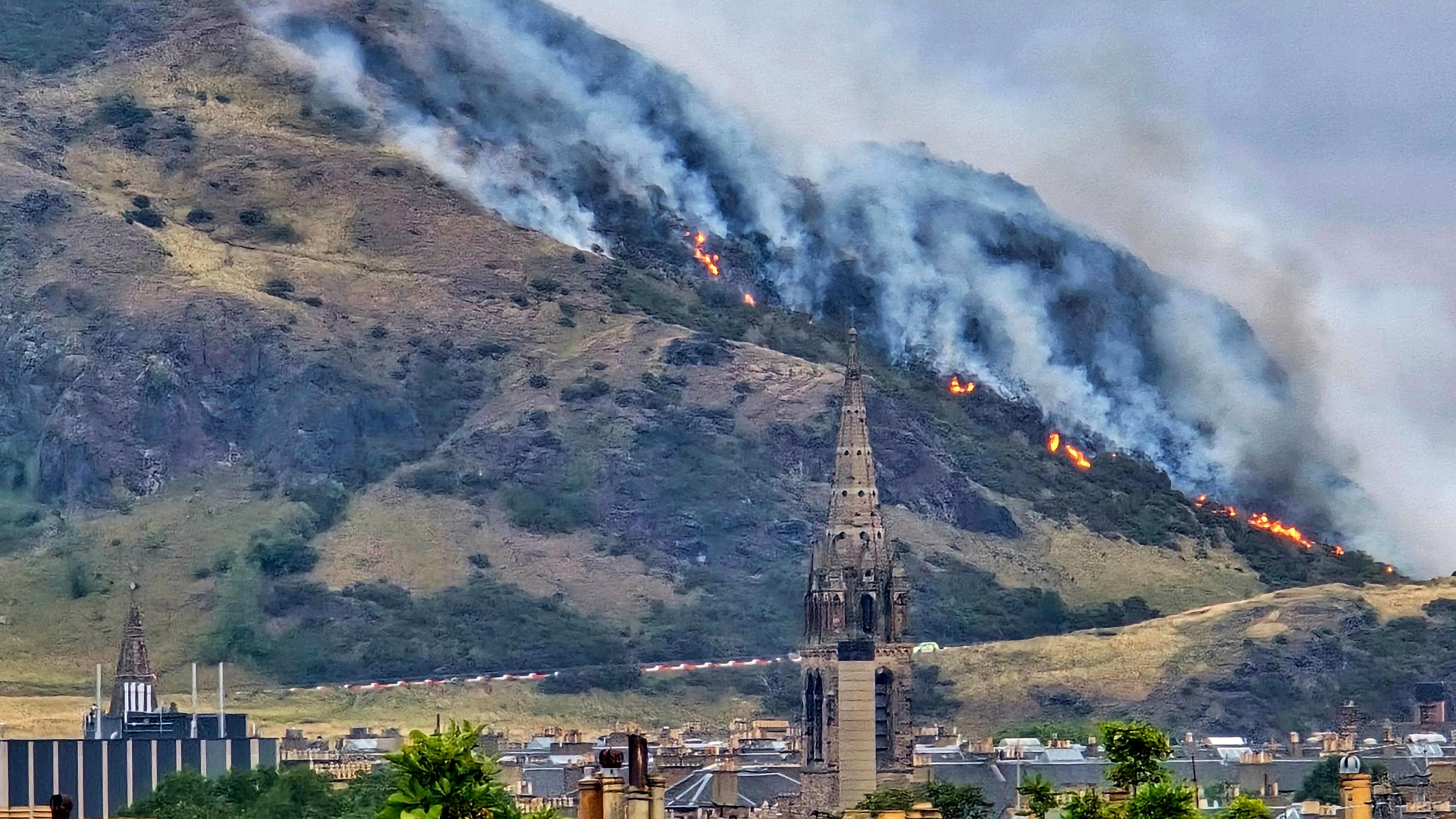
- Published11 August

- Published5 days ago
